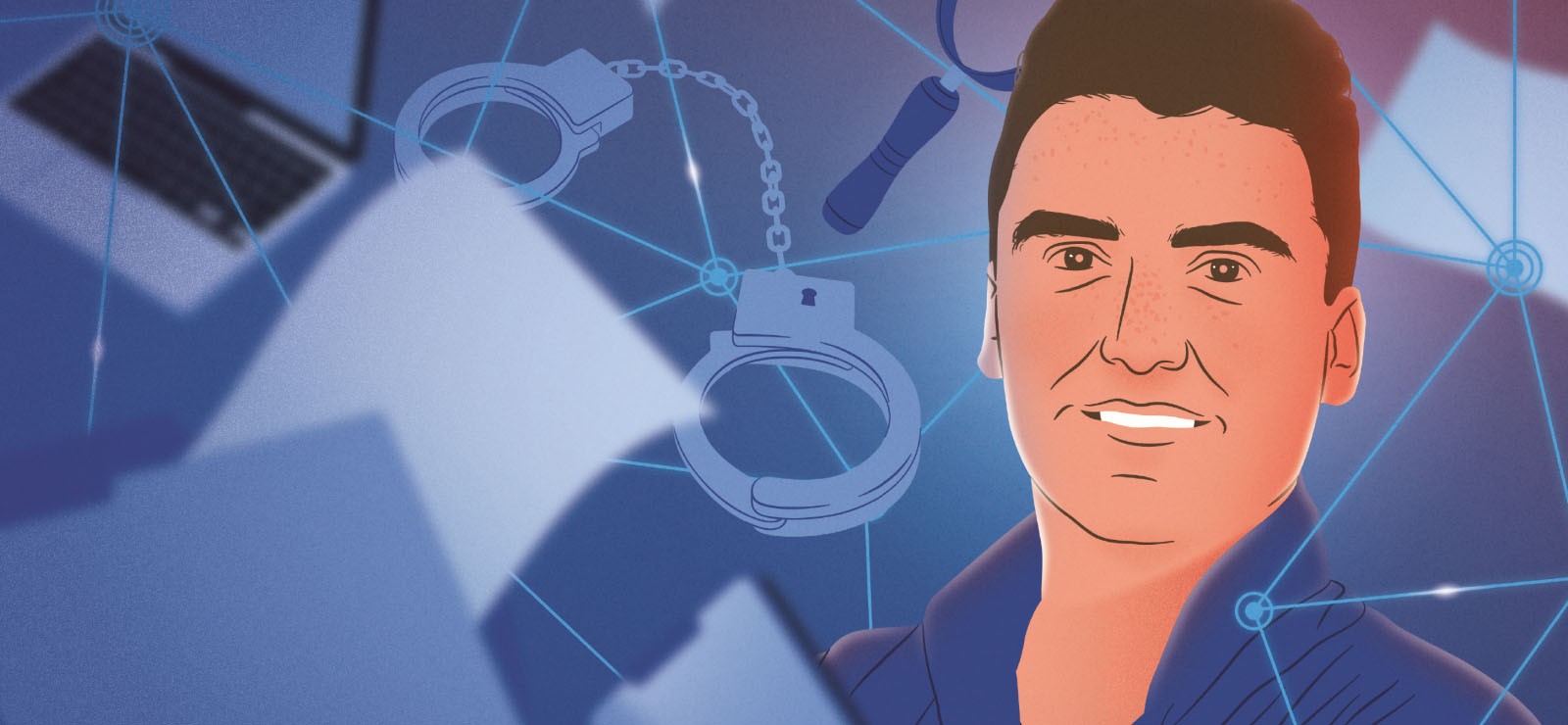Why is one neighbourhood more prone to crime than the next? Can crime be predicted and prevented? Those are the questions that professor Wim Hardyns decided to tackle seventeen years ago. And now his many years of research have resulted in an innovative police strategy set to conquer Belgium - or even Europe - within the next five years.
Wim, predicting crime: it sounds like something from a science fiction novel. Is it truly feasible?
Wim Hardyns: “If sufficient data is available we’ll definitely get close. But it’s far from evident. When I graduated, I noticed that criminology offered little in the way of statistical knowledge. It intrigued me, and I enrolled in statistics courses. Since then I’ve been building my expertise on a series of criminal phenomena, such as bicycle theft, home burglaries, illegal dumping, terrorism and sports fraud, and I’m already working on databases designed to map out the various circumstances surrounding criminal behaviour in as much detail as possible. Thanks to this data we are able to predict where and when crime will occur in certain areas or districts”.
Why do you want to predict crime?
“Even as a student I was intrigued by the question of why one person exhibits criminal behaviour and another doesn’t. In my doctoral thesis I explored possible explanations. It’s always a combination of personality and context. Personal traits play their part, such as self-control and aggression, but they are not deterministic. The family you grow up in, the schools you attend, who your friends are, your profession... also come into play. It’s an intricate cocktail. The next step consisted in researching what we can do about it. How do we make society safer? Our research project around Big Data Policing (BIGDATPOL) doesn’t just focus on predicting crime but also on preventing it.”
Can you predict whether someone will commit criminal acts?
“No. At least not on an individual level. Precisely because of that intricate cocktail you can never say for sure whether or not someone will end up on the wrong side of the law. It makes it very dangerous to make predictions about individual persons, both in terms of privacy and from an ethical and scientific standpoint. Such individual prediction systems do exist but they have come under scrutiny for prejudiced data and their lack of transparency. I was personally introduced to those systems when visiting the US between 2010 and 2014 and in my opinion they work like a giant black box. No one knows what scientific data or algorithm their operation is based on.”
So your research takes a different approach?
“Absolutely. First of all, the research project BIGDATPOL doesn’t focus on individuals but on times and locations. In any case, I went for a different approach than those American systems: I wanted to set up a transparent and scientifically validated system that respects privacy law, even if this is a very lengthy process.”
What is your approach?
“We start from a geographical map, for instance a map of Flanders. Then we select a single police zone, for instance Ghent. We divide that area into very small squares of 200 metres by 200 metres, in other words: a city block. And then we collect data for each of these small squares.
"We do this using the data on criminality collected by our police services: where and when something happened, what happened exactly, how many police patrols were sent out, how many police officers were deployed... This police data is supplemented with all relevant data that might be linked to criminality - that link was studied in prior scientific research."
Such as?
“I’m referring to the presence of nightclubs or railway stations, for example, but also weather forecasts. Because even criminals seem to take account of the weather: burglars tend to stay in when it’s pouring outside. Studies have actually been conducted on this as well. All these characteristics are integrated in our model and then we apply machine learning techniques. In other words: through AI we try to identify patterns based on the collected data, allowing us to predict when and where a new criminal fact will occur.”
How reliable is this model?
“The initial results look promising. We have just completed our first test in the police zone Zennevallei. They used the system and the predictions are accurate. We’ve found there’s room for improvement if police focus more on risk areas.”
How do you see the future?
“Before the end of the month the predictive model will start a year-long trial period in nineteen Flemish police zones. Meanwhile me and my business developer will engage in exploratory talks with Europol and countries such as Serbia, the Netherlands, Hungary and Austria. Within five years I aim to establish a validated model that is used in the field by police personnel, starting with Belgium. A model that deters criminals, heightens the public’s sense of security and detects criminality faster.”
Wim Hardyns became a professor at 26. First at VUB, then at UAntwerpen and since 2015 he has been a full-time member of the department of Criminology, Criminal Law and Social Law (Faculty of Law and Criminology) of Ghent University. He is a Ghent native, born and bred, and a stalwart fan of his local football team KAA Gent, of whom he has only missed a handful of games since kindergarten.
